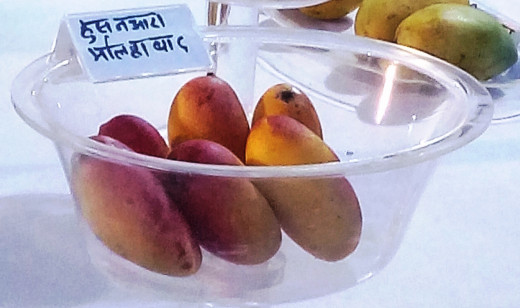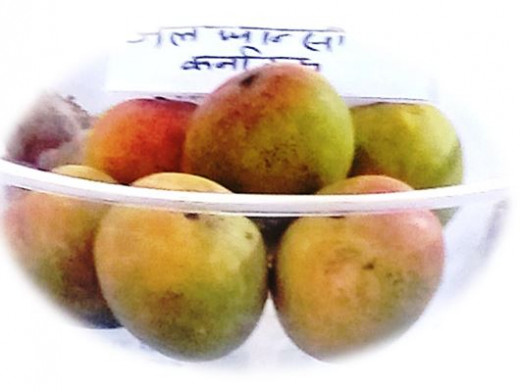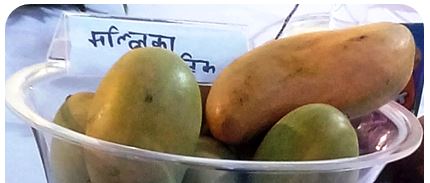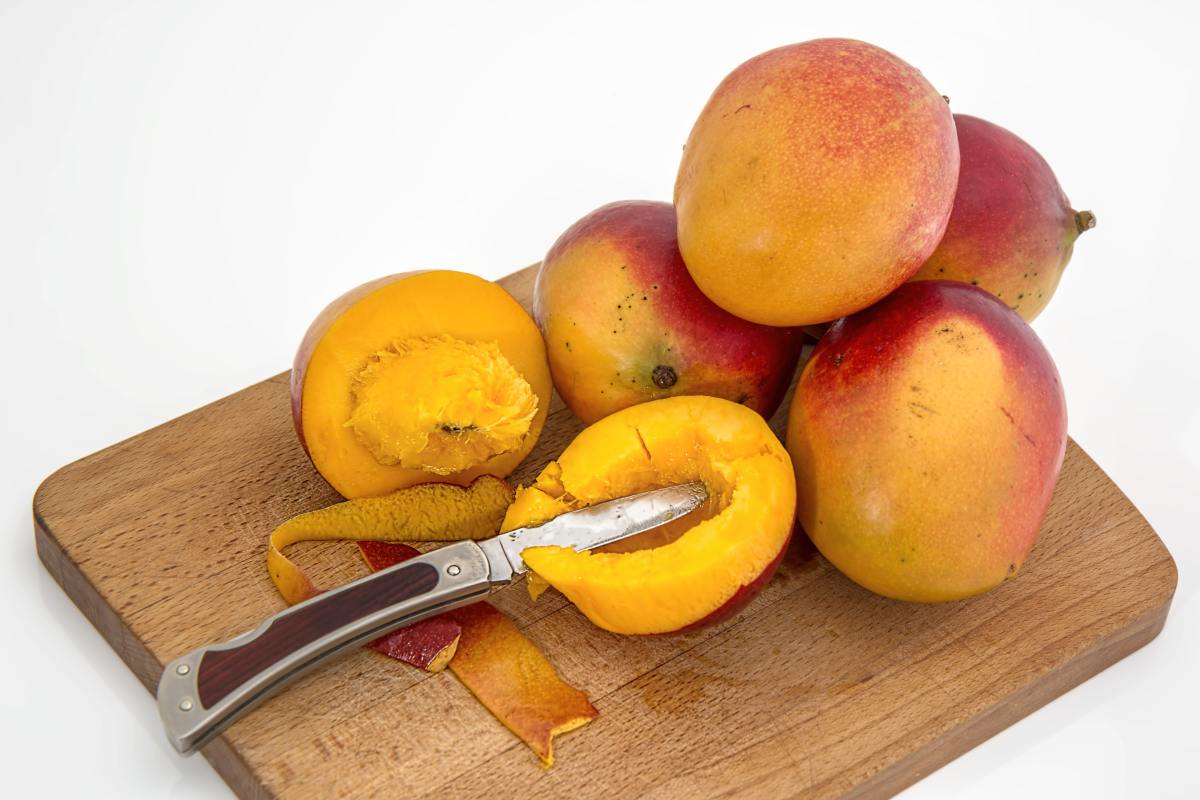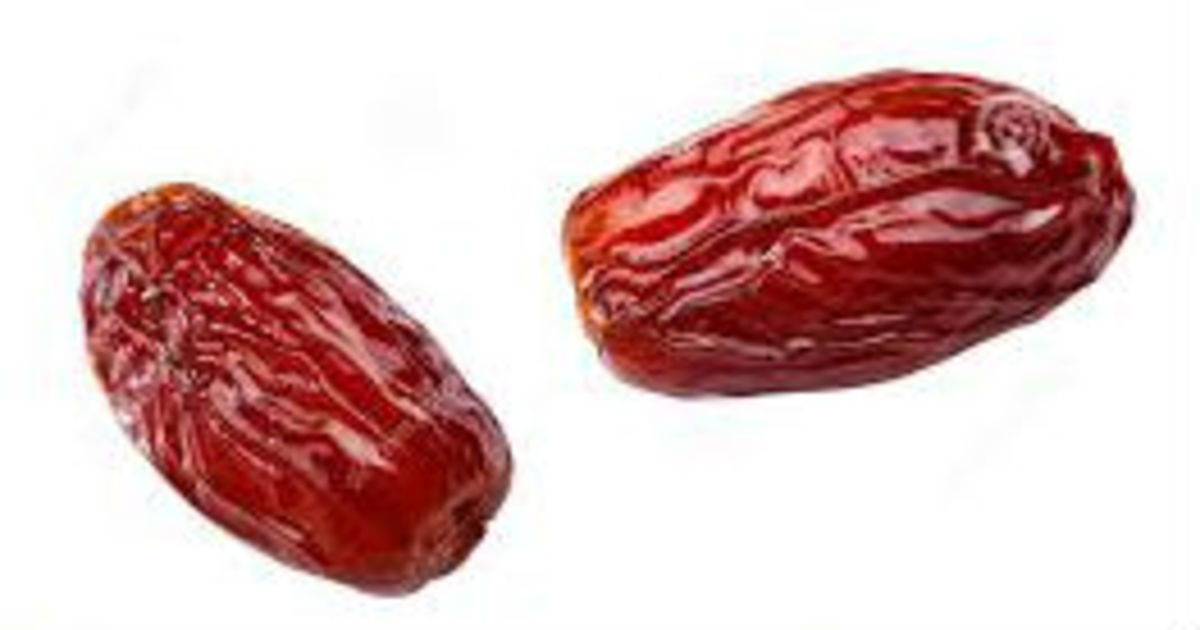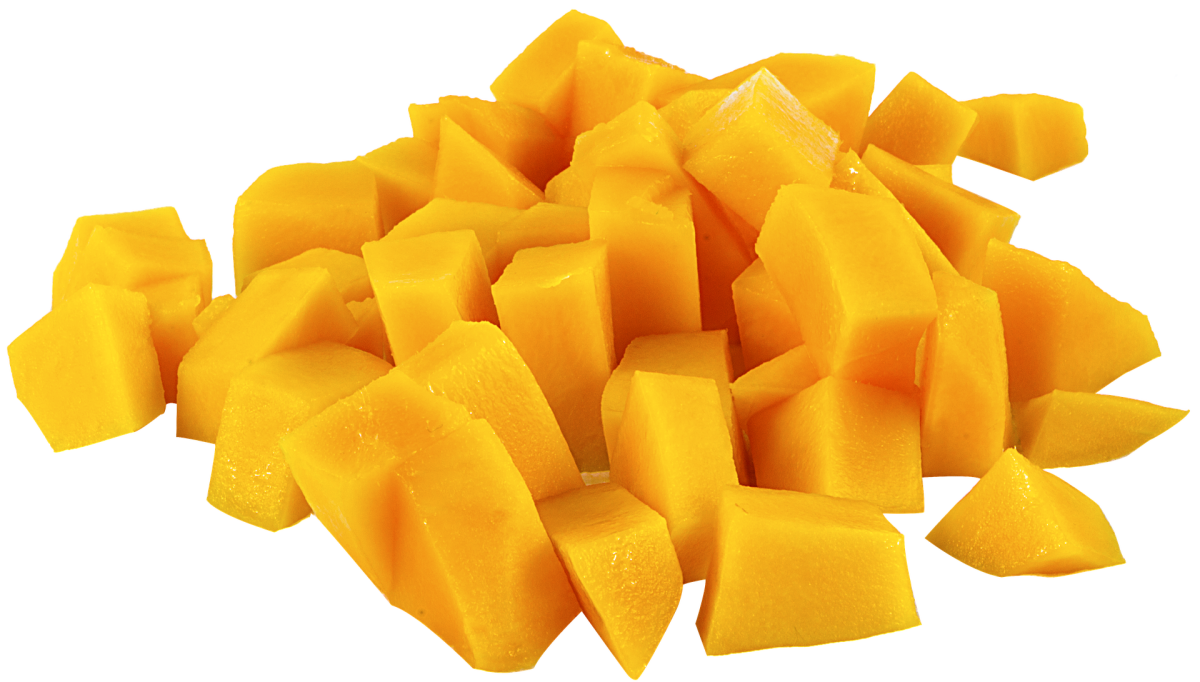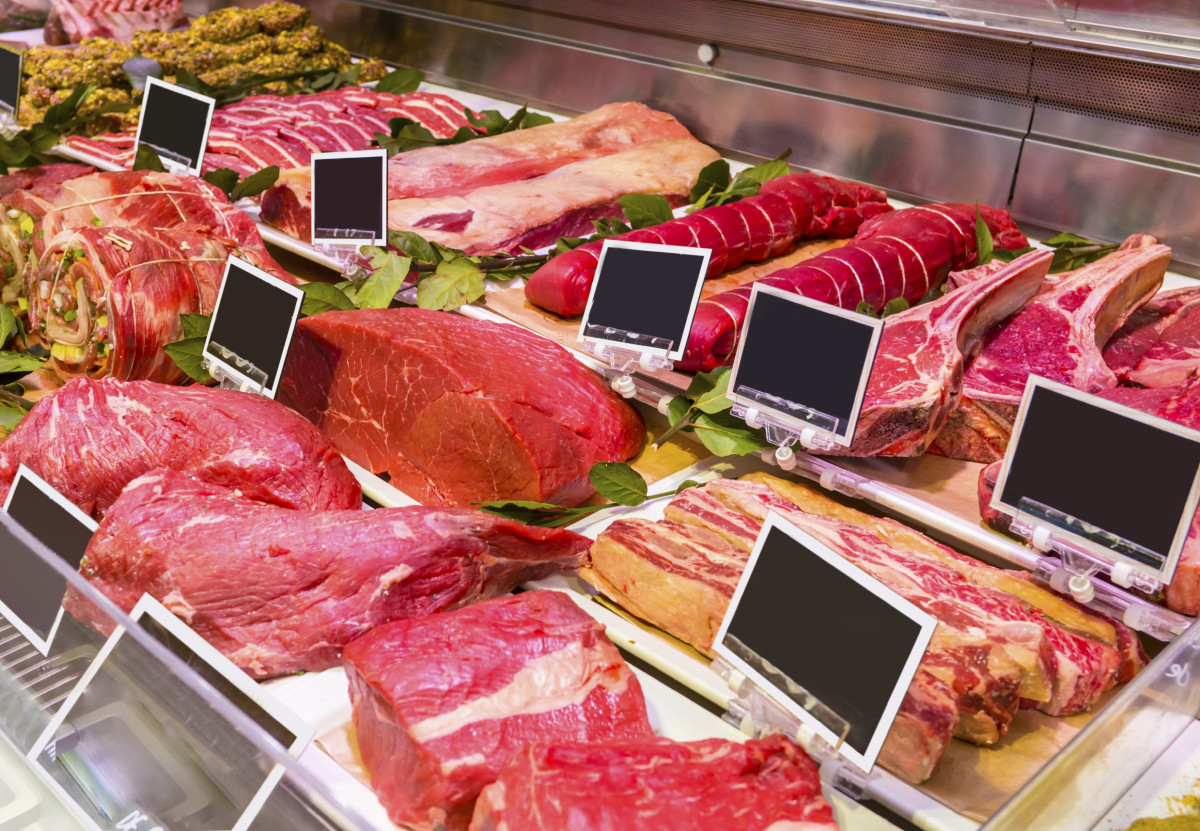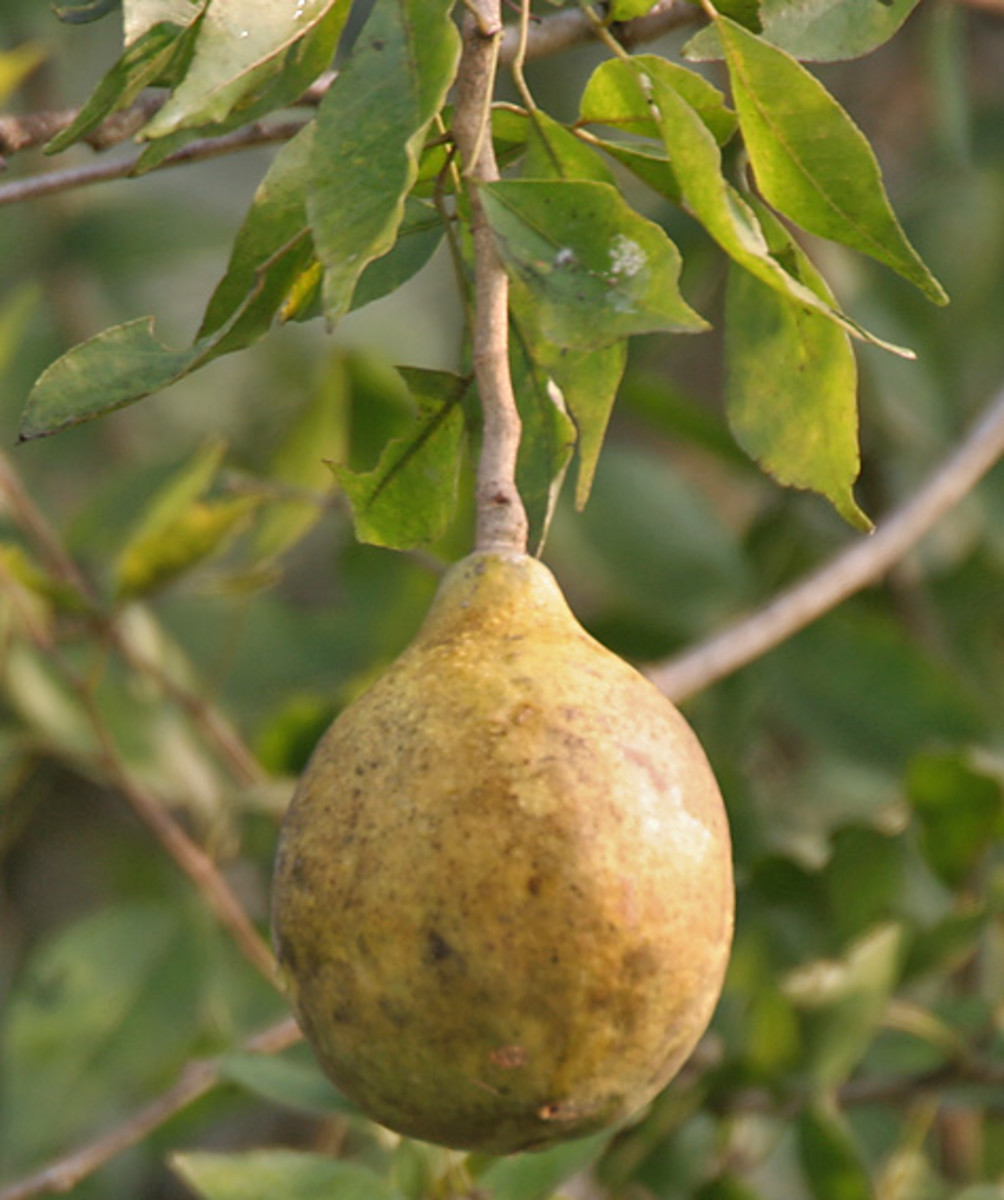Mango: Health Benefits & Side Effects
Mango (Mangifera indica) is a member of Anacardiaceae family and cultivated in tropical and subtropical regions of the world. It is used in various forms such as pickle, chutney, jelly, cooling summer drink, and as vegetable dishes. Unripe mango is also eaten as raw with salt, chili or soy sauce. Dried and powdered unripe mango called 'amchur' is used as preservative in pickles. Sliced mango is served as a dessert with coconut flavored sweet glutinous rice. A popular drink 'Mango Shake' is prepared throughout South Asia mixing pulp of the ripe mangoes with sugar and milk. Vedas have all the praise terming it as 'heavenly fruit'.
Mango grows in any kind of soil and produces the fruit that may either be licked, eaten or slurped. Langra, Banganpalli, Raselli,, Gulab Khas are some of the Indian mango varieties liked by majority of mango fruit lovers.



Top mango varieties of India
‘Langra’ is the tastiest variety of mango grown in northern India. Varanasi in Uttar Pradesh is the place where Langra is cultivated abundantly. Langra mango is liked most by people residing in Uttar Pradesh, Bihar, Rajasthan, Haryana, Jharkhand and Madhya Pradesh. ‘Chausa’ is also one of the sweetest mango varieties sold in India and cultivation is concentrated in Punjab and Haryana. Similarly, cultivar ‘Alphonso’is liked by users in India due to its good taste. Many people like the flavor of Alphonso. Variety is cultivated in Ratnagiri, Raigad, and Konkan region of Maharashtra region. Other varieties in great demand during the mango season include: Dasheri produced in Malihabad, U.P., Badami similar in taste to Alphonso produced in Ratnagiri area of Maharashtra, Kesar cultivated in the foothills of Girnar, Gujarat, Mulgoba popular in South India, Totapari,& Benganpali (liked by majority in Andhra Pradesh) produced in South, Neelam and Raspuri etc.
Uses
Ayurveda
Mango is considered a very useful remedy and energizer in Ayurveda and used to balance all three humors or doshas (Vata, Kapha or and Pitta), especially Pitta dosha. The stone (kernel) of the mango fruit is used widely in Ayurvedic medicines for treatment of different ailments.
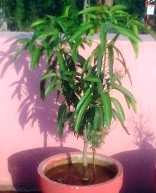
Medicinal properties
The insoluble fiber, present in mangoes, helps the elimination of waste from the colon and prevents constipation.
The tartaric acid, malic acid, and a trace of citric acid found in the fruit help to maintain the alkali reserve of the body.
A milk-mango shake used in the summers help people gain weight.
Extracts of leaves, bark, stem and unripe mangoes are believed to possess antibacterial properties against some micro-organisms.
Dried mango flowers are used in the treatment of diarrhea, chronic dysentery and some problems of the bladder.
Antioxidants and enzymes present in the mango fruits are believed to play an important role in the prevention/protection of cancer (colon, breast, leukemia and prostate) and heart disease. Serum cholesterol is regulated by the high content of fiber, pectin and vitamin C present in the mango.
Some of the flavonoids present in the fruit are believed to strengthen the immune system of human body. Presence of fiber and enzymes makes mangoes favorite for healthy digestion.
- Black Plum (Jamun): Health Benefits and Pharmacological Properties
The bark of black berry tree is astringent, digestive, diuretic, anthelmintic and is considered useful for throat problems.The extracts of the bark, seeds and leaves are used for the treatment of ..
Use in home remedies
Using Aqueous extract of fresh tender mango leaves in the morning, prepared after soaking overnight and filtering in morning, is believed to be useful in the beginning of diabetes.
Alternately, people also use twice a day (morning & evening) half teaspoonful of powdered leaves after drying them in the shade.
It may also provide relief in the dysentery when taken with water 2-3 times a day.Mango and Jamun (S. cumini) juice taken in equal proportion is considered useful in controlling diabetes.
Ash of mango leaves is applied on burns for relief in pain and healing whereas juice of the roasted ripe mango (on hot sand)provides relief in cough.
Toothpaste, prepared from powdered mango kernal, is believed to strengthen gums.
Boiling 20 g mango bark powder in a liter water till volume reduces merely to 250 g (ml) and using the decoction after mixing 1 g black salt is believed to cure diarrhea.
Juice extracted from fresh flowers and taken after mixing it with curd is reported to be useful in diarrhea. Paste of decorticated kernel is found useful in leucorrhoea, veginitis and also as a contraceptive.
Amchur
Amchur powder is the fine powder made after grinding dried unripe mango strips/pieces. Powder is added to many recipes to provide the sourness to the taste. It may be prepared either by sun drying mangoes for 2-3 days or oven drying. Sometimes 'amchur' powder is prepared by soaking unripe mangoes in water before peeling and then drying in sun for 2-3 days.
Nutritional properties of Mango fruit:
Mangoes are rich in antioxidants such as beta-carotene (445µg/100 g fruit), and Vitamin C (27.7 g/100 g fruit),
Mango contains Vitamin A (equivalent 38 µg/100 g fruit), Vitamin E
Mangoes also contain Vitamin B6 (0.134 mg/100 g fruit), other vitamins B, K,
Mangoes also supply nutrients such as potassium (156 mg/100g fruit), Calcium (10 mg/100 g), magnesium (10 g), iron(0.12 mg), and zinc (0.04 mg/100 g) and fibre and are low in calories.
Mango peel and pulp also contain carotenoids, polyphenols, and antioxidents
The edible peel of the mango is a good source of fibre
Mango is considered as an energizer in Ayurveda as 100 g mago fruit provides about 17.0 g carbohydrates
- Papaya Benefits: Health and Nutrition
Mayans called papaya as the tree of life possibly because of numerous health benefits associated with medicinal uses and richness in minerals, antioxidants and fiber...
Side effects
Few local varieties are used sucking the juice of the fruit and not eaten as pieces. Mango sap near the mouth of the fruit (tip with which fruit is attached to the branch) may cause dermatitis on opening of the mouth (near the lips).
Some juice (sap) should be pumped out by pressing it. Urushiol, a chemical, found in the mango sap produces allergic reactions in some people creating itchy & blistery skin.
Salmonella Serotype Newport (SN) infections were reported in United States during 1999 and fresh produce of mango was reported to be the cause of salmonellosis.
Excessive eating may cause diarrhea and increase blood sugar levels. Hence, people suffering from diabetes should take care.
Mango is a fruit considered rich in sugar and excessive eating may result in weight gain.
Artificially ripened mangoes
Artificial ripening is common in developing countries and practiced by farmers and sellers to fetch a good price early in the season. Ripening agents such as calcium carbide, banned in many countries, are used for artificial ripening of mangoes and other fruits.
Mango Shake Recipe
Ingredients
1. Ice
2. Milk
3. Mangoes
4. Sugar to taste
5. Essence as per taste
How to prepare shake ?
Make the small pieces and peel off the outer layer of a ripe mango removing the pulp and put it in a blender. Add crushed ice or ice cubes and 3-4 teaspoon sugar as per your taste
Pour one cup of milk and blend the ingredients gradually and then faster to mix well. After that add few drops of essence and serve adding few ice cubes if used crushed ice.
Calcium carbide is known for its carcinogenic properties and reported to cause neurological disorders.
Ill effects of calcium carbide may include tingling sensation, numbness and peripheral neuropathy.
Artificially ripened fruits may cause diarrhea, burning sensation in the chest/ abdomen. ulcers on the skin, irritation on the mouth, nose and throat and could lead to peptic ulcer.
Children born from women who consumed fruit ripened with carbide during pregnancy may have physical and mental abnormalities.
Temporary symptoms may include symptoms like headache, dizziness, mood disturbances, drowsiness, mental confusion and seizures.
Memory loss and cerebral oedema may also be observed as long term effects of consumption of artificially ripened mangoes.
Test your I.Q.
view quiz statisticsHints to identify artificially ripened mangoes
Fruits looking attractive in appearance from outside and having uniform color may be artificially ripened.
Avoid fruits with polished appearance.
Prefer mangoes having green patches on outer surface.
Do not buy fruits early in the season or during the off season.
Precautionary measures
Wash the fruits thoroughly with fresh/salt water before consuming.
Always remove the peel before cutting fruits into pieces.
© 2009 C V Singh

